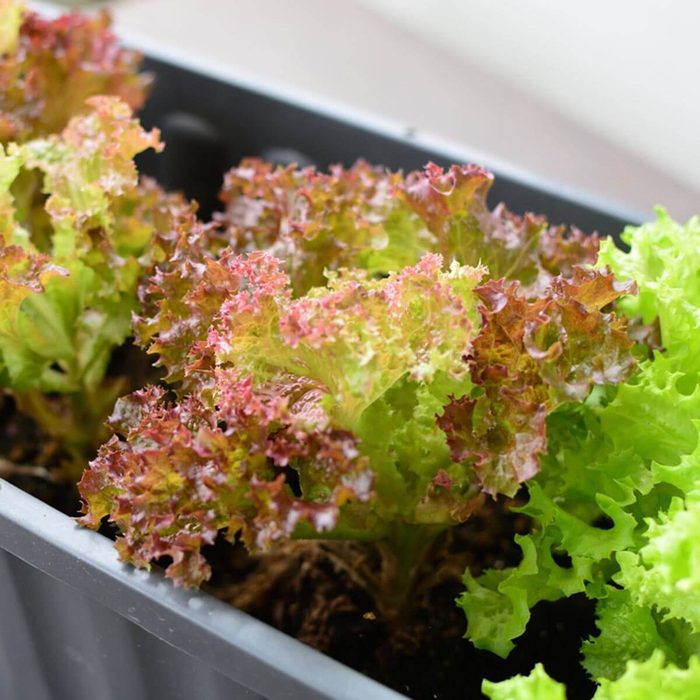
Vegetable: Leaf Lettuce
Leaf lettuce is exceptionally easy to grow from seed, so containers—especially large bins—are a natural receptacle for sowing. You can fill the containers with potting mix and watch a healthful, pesticide-free salad garden multiply by the week.
Sow your seeds in early-to-mid spring. As lettuce matures, harvest some foliage, leaving the rest to continue growing. The heat of summer will cause lettuce to bolt (go to seed). At that point it’s too bitter to eat, but you can plant a batch in late summer for fall harvest.
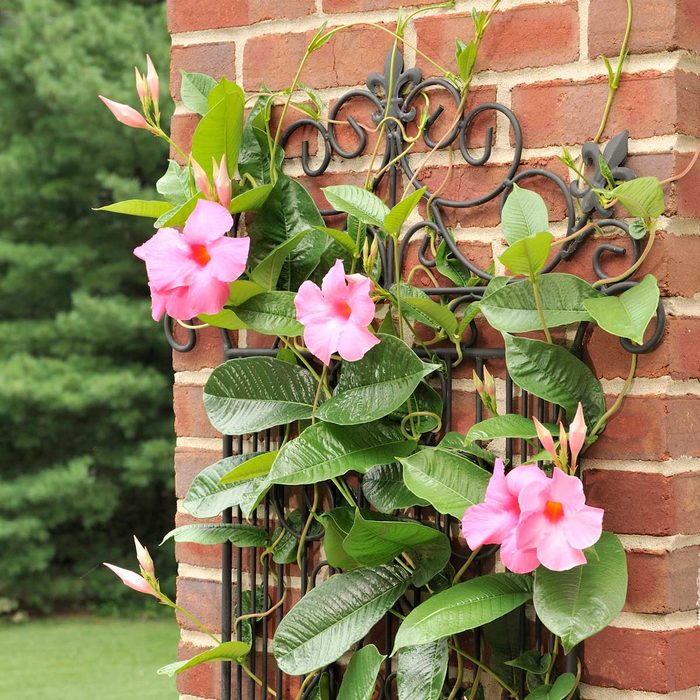
Tropical: Mandevilla
An annual in northern climates, mandevilla is actually a tender tropical perennial vine that will last indefinitely if temperatures remain above 50 degrees Fahrenheit. Mandevilla is often sold as a patio plant with its own support, but there are also lower growing cultivars that don’t climb.
With a profusion of large, trumpet-shape flowers, mandevilla needs no help from companions. It likes consistent moisture, so use a potting mix with moisture-holding crystals and water regularly.
To overwinter, cut plants back to about one foot and store, pot and all, in a dark basement kept at 50 to 60 degrees Fahrenheit. Water sparingly until spring, then set outdoors again.
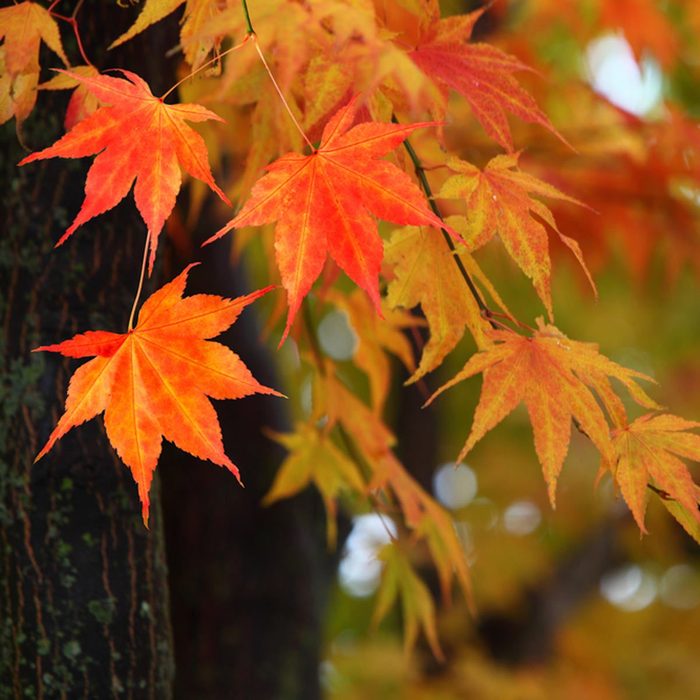
Tree: Japanese Maple
You might not consider trees when you think of container gardening, but there is a tree for every backyard. There are so many beautiful cultivars of Japanese maple (Acer palmatum), many of them dwarf and are therefore well suited to growing in containers.
The nice thing is, you can put the container in a prominent spot and enjoy it more often; just make sure it gets shade during the hottest part of the day. Japanese maple looks good underplanted with variegated lamium and augmented with a mulch of stones.
If you live in a cold climate, you may have a better chance of overwintering your Japanese maple in a pot stored in an attached garage, after the tree goes dormant. (Keep in mind that these plants can cure common health concerns.)
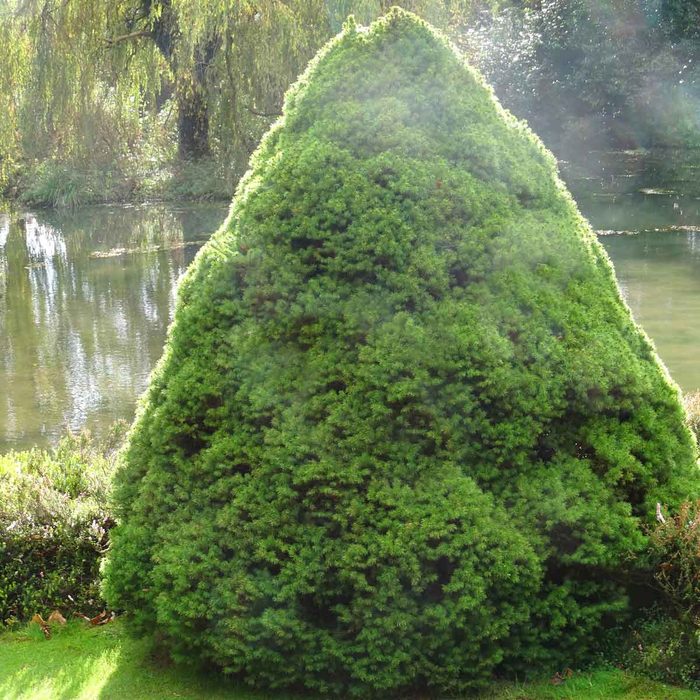
Evergreen: Dwarf Alberta Spruce
A tree that grows only two to three inches a year is practically custom-made for containers. Add to that a compact size (it tops out at six to eight feet but will take a generation to get there) and attractive conical shape, and you can see why this is a popular and widely available evergreen.
Dwarf Alberta spruce (Picea glauca ‘Conica’) looks particularly nice in spring, when lime green new growth contrasts with the dark green needles. There is also a blue-gray cultivar. Pair it with a burgundy ajuga or variegated vinca vine.
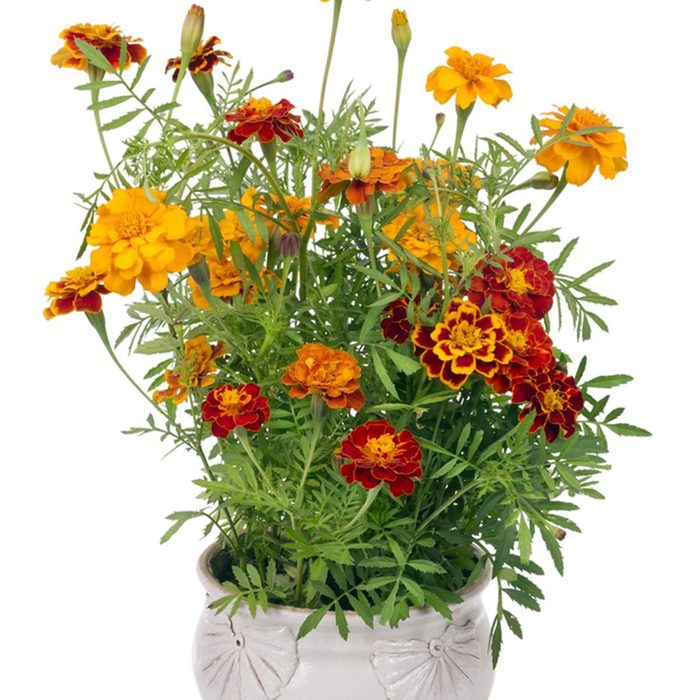
Sun Annual: Marigold
Marigold (Tagetes spp.) is one of those fail-safe annuals that is hard to mess up. Just give it plenty of sun, good drainage and a bit of water now and then and you’re golden.
It pairs well with gray-leafed dusty miller, which likes the same sunny conditions. Pluck spent flowerheads regularly for neatness and to encourage more blooms. At the end of the season, let the flowerheads go to seed to feed the birds or raise a new batch next year.
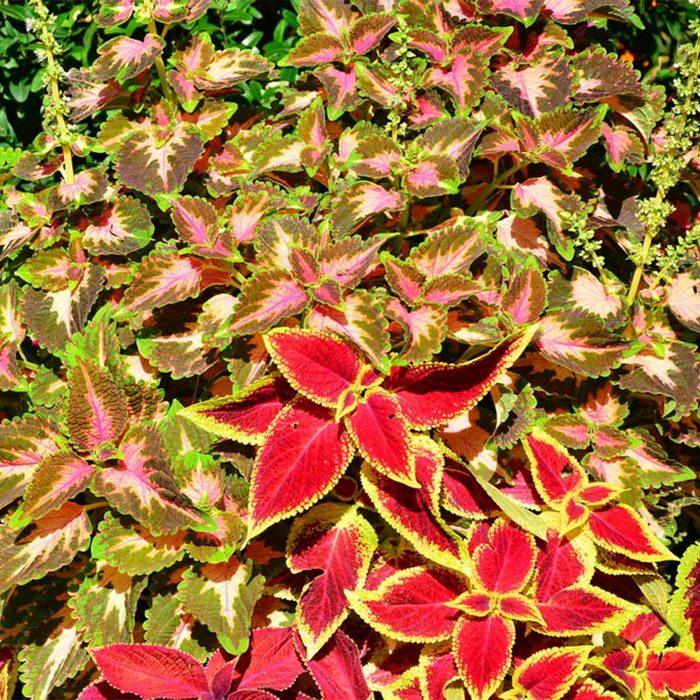
Shade Annual: Coleus
Coleus (Plectranthus scutellarioides) is the answer to a shade gardener’s prayer. Instead of the predictable hostas and ferns, coleus supplies something bolder.
Cultivars come in a range of colours, including chartreuse, hot pink, cinnamon and burgundy. Some feature tricoloured intricate patterns.
While older varieties prefer shade, newer introductions take sun or shade. Plant coleus with an upright, spiky dracaena in green or chocolate to contrast with its colour.
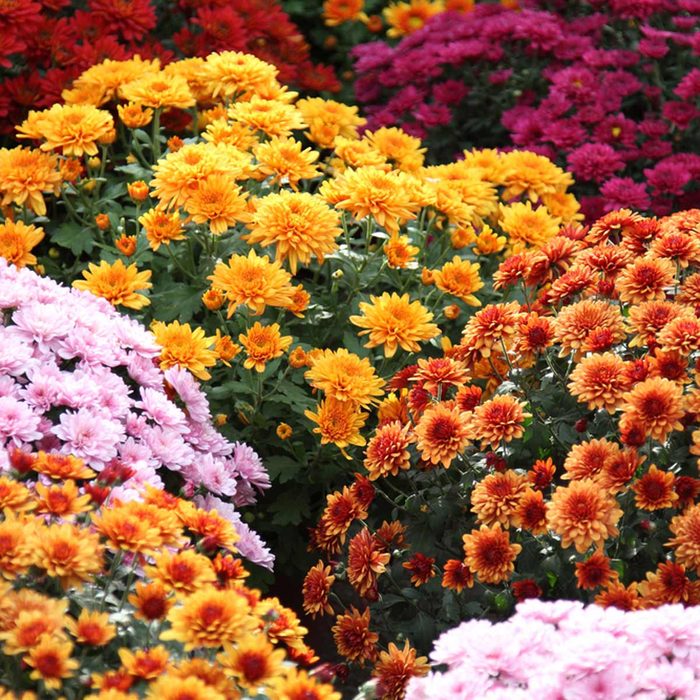
Sun Perennial: Chrysanthemum
Most people buy Chrysanthemum in the fall, so the plants don’t have enough time to get established before winter. But you can overwinter potted mums in an attached garage or cool basement, keeping them only slightly moist. Trim back the foliage and plant outdoors in spring.
Mums are big and bold and come in so many bright colours that they simply don’t need companions. However, they do look good anchoring a fall floral display that includes pumpkins, gourds and dried cornstalks. (Here’s more on how to grow indoor herbs and veggies in containers.)
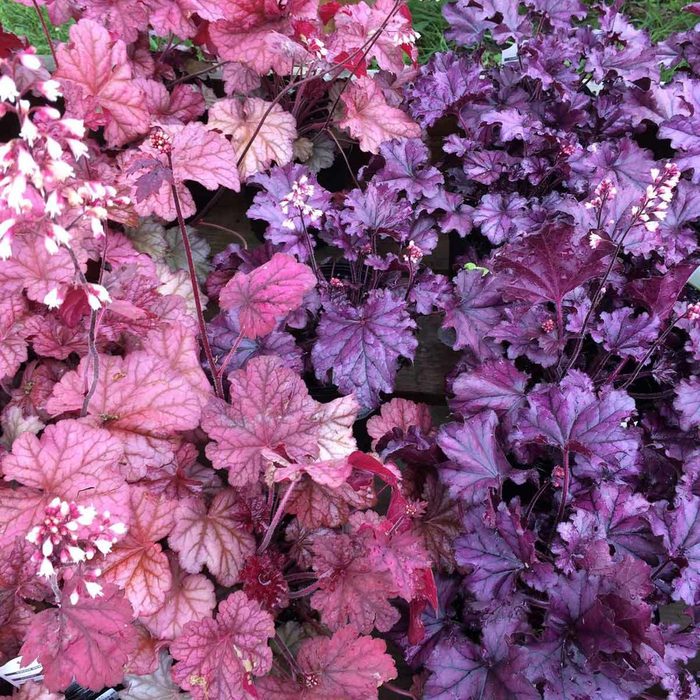
Shade Perennial: Coral Bells
Coral bells (Heuchera spp.) are masters at bringing beautiful foliage with subtle colour to shady areas. They look especially good in summer when tiny bell-shape flowers rise above the foliage.
Coral bells need little care other than watering. Although they can stand on their own visually when in bloom, the modest height of the foliage calls for a companion at other times. Consider pairing coral bells with a taller companion such as fern or carex.
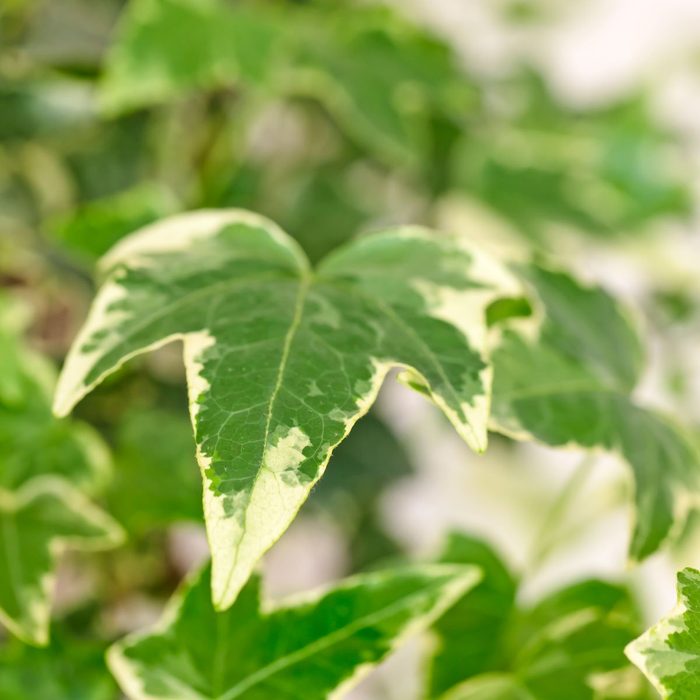
Vine: Variegated English Ivy
English ivy (Hedera helix) can become a pest in forested areas, but the variegated version makes a good container plant when given a support to climb. Many people grow it as a houseplant because it actually does better in the indirect light found indoors. (Also, these hacks can revive almost any dead houseplant.)
If you’ve got a covered porch, you can bring the potted ivy outdoors for the summer and back inside in fall. It needs no companions, but could use occasional trimming to keep it tidy.
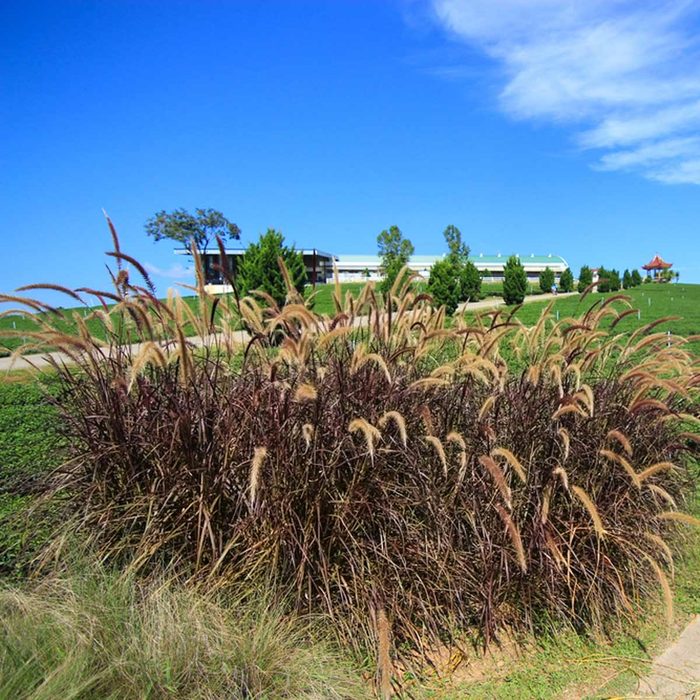
Grass: Purple Fountain Grass
Some gardeners insert purple fountain grass (Pennisetum setaceum ‘Purpureum’) into their landscapes. But many prefer to grow it in containers, where its dark foliage and tan flowerheads look great as a focal point surrounded by a trailing plant such as sweet potato vine, or colourful annual such as lantana.
Next, check out the best indoor plants for removing air pollution.
